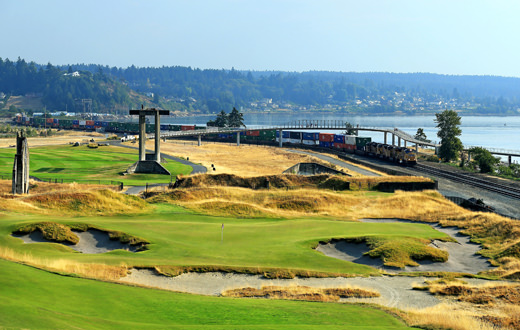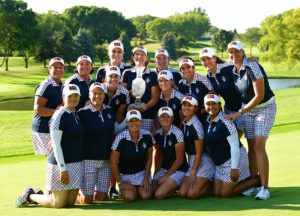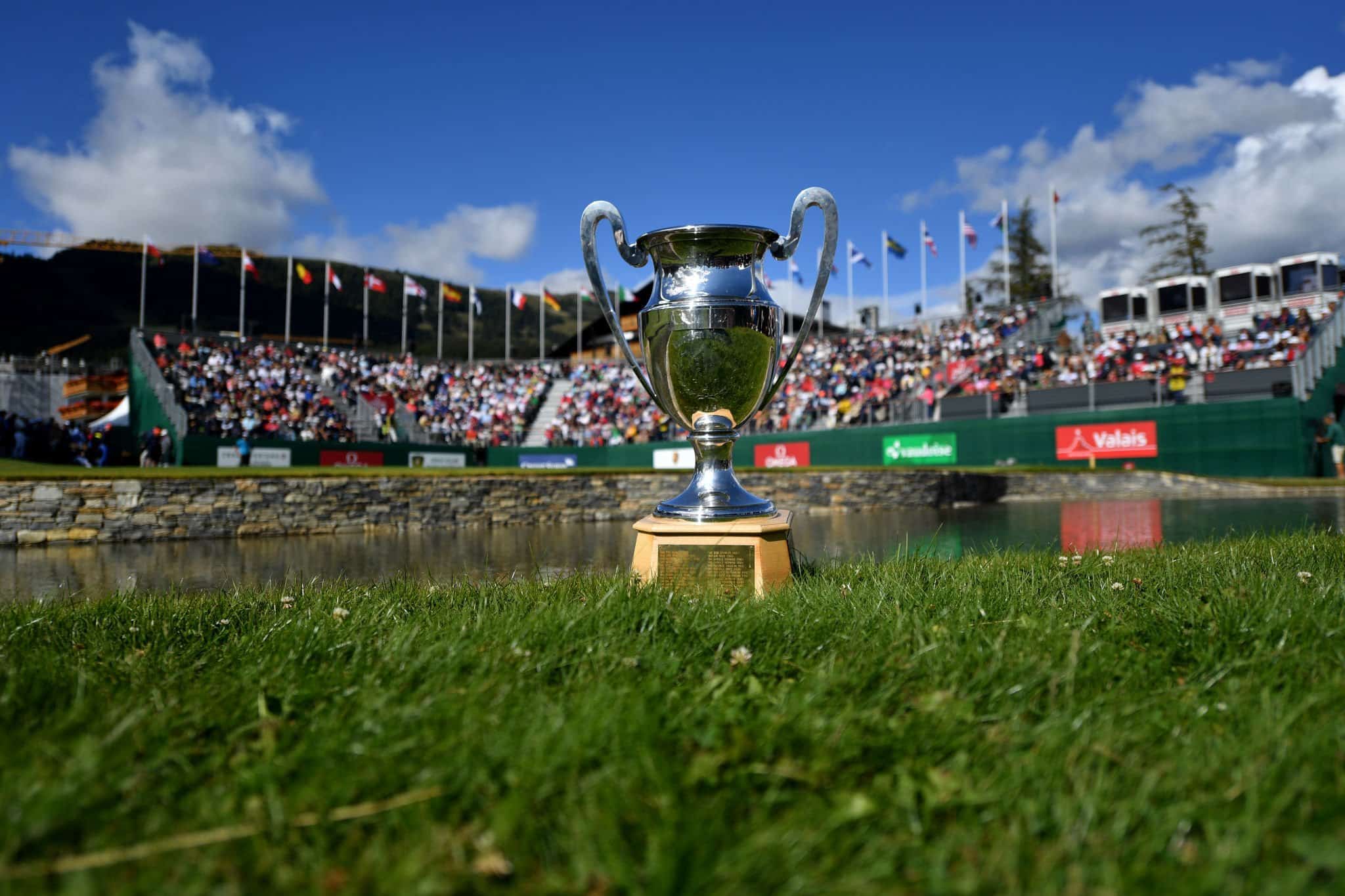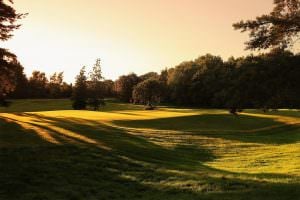
US Open 2015: The short history of Chambers Bay
Around 10 years ago Mike Davis, the USGA’s Executive Director and the astute brain behind the US Open, received a call to his New Jersey office from one of his regional men who happened to be on the West Coast.
He was told about a possible US Open site, which was nothing new, but that it was out in the Pacific Northwest.
The US Open had never been to this part of the country before.
His ears pricked up slightly and he was then told about a property right on the Puget Sound, an inlet of the Pacific Ocean, which was almost 1000 acres. In his head Davis knew that ticked the infrastructure box.
It was owned by the county so people would be able to play the course, another big plus.
And then the real kicker, it was built on sand.
He arranged a visit, at the time it was just piles of sand remnants of an old gravel and sand mine.
In the middle of June it will open its doors to the best players in the world. And they’re in for something very different.

Chambers Bay is only eight years old. Once upon a time it was home to Native Americans who used it for fishing and hunting. Then, as the west grew, mining took place there for more than a century.
When that was done with, Pierce County had the nous to purchase the 930 acres for £33m and the former county executive, John Ladenburg, had the idea of a world-class golf course.
And as with any links adventure there will be the odd howl of outrage at the unfairness of it all" Robert Trent Jones Jr was brought in to handle the design, 1.4 million cubic yards (over 100,000 truckloads) of dirt and sand was removed, cleaned off site and returned to sculpt the course and three years after opening its doors it staged the US Amateur Championship.
“As Bob Jones liked to say, it was a sand box out there. But this was all envisioned. This was created. Everything out there was really man-made. And it sure doesn’t look man-made now,” explains Davis.
One of the main talking points of the week will centre around the changing of the pars at 1 and 18, between them they will combine to play to a par of nine on each day.

The USGA always like to throw up something different, last year we had the women following the men at Pinehurst No. 2, while they are also always happy to move the tees around. But they’re not, according to Davis, trying to be quirky for quirkiness sake.
“We weren’t trying to be innovative, we weren’t trying to be cute. It all got down to the architecture of the course. It gives so much wonderful flexibility, the drive zones as a par 4 and 5 for both those holes are completely different. And they play different. There’s a risk reward element to both holes.”
Otherwise it will be wide, enormously wide in places. Whereas at traditional US Open hosts Winged Foot or Oakmont the fairways might stretch to around 30 yards, you will have, in places, 100 yards to aim at. The 13th is 105 yards wide.

The quick assumption is that it will be overpowered despite having seven par 4s that will be around the 500-yard mark and, on two of the days, no par 5 after the 8th hole.
But Davis is confident that there will be enough emphasis on accuracy from the tee and shotmaking for the approaches.
“Yes, they’re wider, but there’s a lot of slope to these fairways, they were purposely designed to be wide, so the angles coming into these greens where you could get an advantage. If it’s firm and fast and then you add slopes and undulations, from a player’s standpoint, you really have to think your way around this course.
“You have to think about what’s going to happen when the ball lands, but in addition to that, what you find out there is that some of these slopes are very player friendly where you can use them to your advantage, if you know they’re there and you plan that way.
“There may be a backstop behind a green, as an example, that you play up to the hole and you can play it long and have the ball roll back. Then there’s other times where these slopes are actually used as a defence, whether it’s in the fairways or on the greens.”
So there will be uneven lies, blind shots, semi-blind shots, elevation changes (two climbs on the front nine, one on the back), a single Douglas Fir tree on the 16th tee and all laid out on fine fescue grasses – “It makes you feel like you’re across the pond in one of the great links courses.”
And as with any links adventure there will be the odd howl of outrage at the unfairness of it all, throw in the USGA’s input and you can guarantee some bleating.
Not least at the prospect of teeing it up on a slope.

“The architects put in what they refer to it as ribbon tees, these tees that just kind of meander. And in some cases we may end up putting tee markers on slight slopes as opposed to you think, well, you’re always going to have teeing markers on very flat areas.
“But there may be some where we give the players a little downhill slope, a little uphill slope, a side slope. So that’s interesting,” Davis added.
“If you go way back in time, that was part of the game of golf. That’s how it was played many years ago. We won’t go over board with it, but I think that we will do a little bit and embrace that. ”
Cue the first pre-tournament bleats.
Ian Poulter took to Twitter to relay that some players had told him it was a ’farce’, Ryan Palmer was possibly one of Poulter’s confidantes.

The World No. 29 said: “Tee to green the course is OK. It’s not bad. It’s a great piece of land, great scenery. Very fair off the tee.
“But Davis’ idea of tee boxes on down hills, up hills and side hills is ridiculous. That’s not golf. I don’t care what anybody says. It will get a lot of bad press from the players. It is a joke. I don’t understand it. I just don’t know why they would do it.”
And the greens..
“You will see some guys play it 30 yards left, 30 yards right or 30 yards long, and the next thing you know you’ll have a two footer. Or you’ll be 75 feet from the pin. Every green has like five or six greens on it. You will have to spend so much time on the greens, practice rounds are going to take eight hours.
“If they get it rolling 10 and 12 (which it is reported to be), it will be interesting.
“Put a quarter in the machine and go for a ride.”
James Savage
Former equipment editor of NCG. Inconsistent ball-striker and tea-maker.










